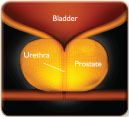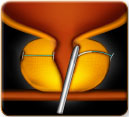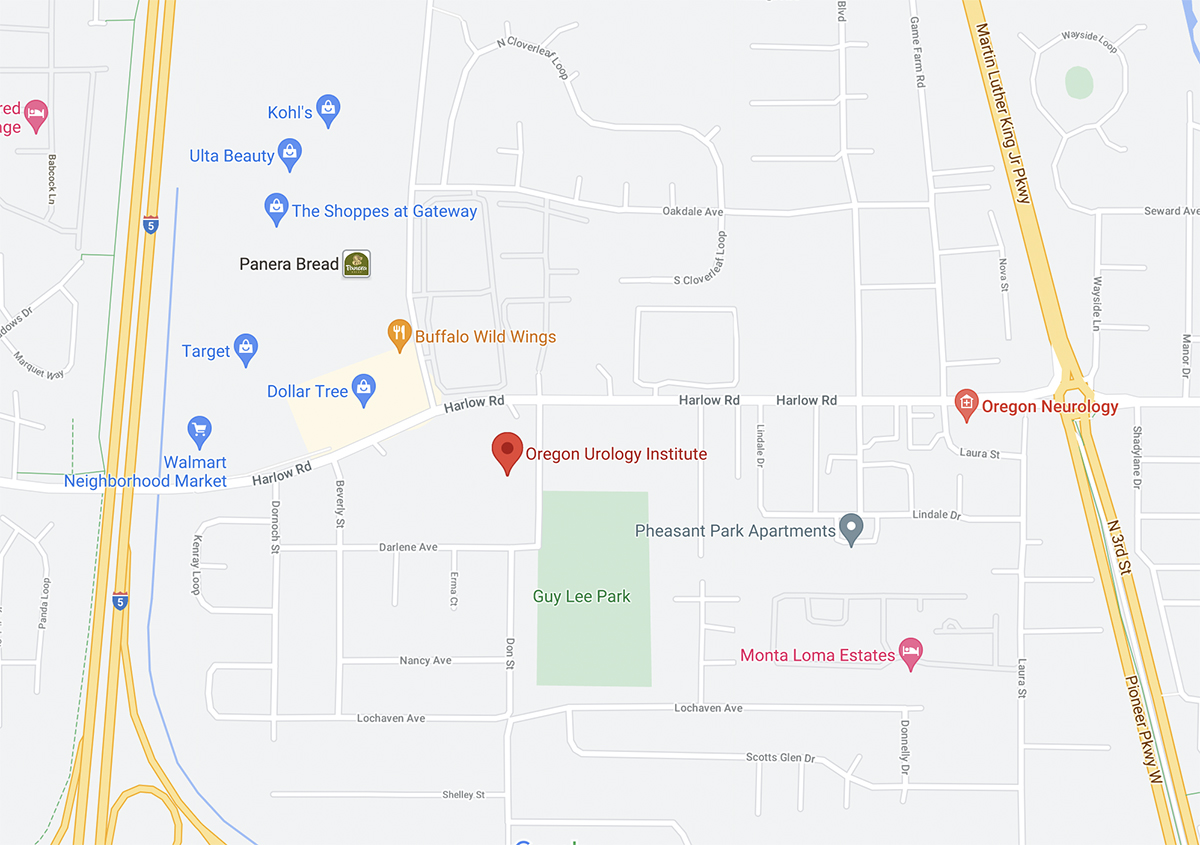
WHAT IS THE
UROLIFT SYSTEM?
Treatment with the UroLift® System is typically a one-time, in-office solution that provides rapid relief and recovery of BPH symptoms.1 It can break the cycle of medications and how they make a person feel, all without the risks of more invasive surgery. The goal of the UroLift System treatment is to relieve symptoms so you can get back to your life and resume your daily activities.
The UroLift System treatment has demonstrated a significant improvement in quality of life for patients compared to medications.2,3 The UroLift System is the only BPH procedure shown not to cause new and lasting erectile or ejaculatory dysfunction*, while being a safe and effective treatment of lower urinary tract symptoms due to BPH.1, 3
BENEFITS OF THE UROLIFT
SYSTEM INCLUDE 1,3-6
- Does not cause new onset, sustained erectile or ejaculatory dysfunction*
- Minimally invasive
- Minimal downtime
- Durable results
- Rapid symptom relief and recovery
- Significant improvement in quality of life
As with any medical procedure, individual results may vary. Speak with your urologist to see if the UroLift System treatment is right for you. Most common side effects are mild to moderate and include pain or burning with urination, blood in the urine, pelvic pain, urgent need to urinate and/or the inability to control the urge. Most of these side effects resolve within two to four weeks after the procedure.
HOW DOES THE UROLIFT SYSTEM WORK?
The UroLift System uses a revolutionary approach to treating BPH that lifts and holds the enlarged prostate tissue so it no longer blocks the urethra. It is the only BPH treatment performed by a urologist that does not require heating, cutting, or removal of the prostate tissue. The procedure is typically performed using local anesthesia in a physician’s office or ambulatory surgery center. Patients typically return home the same day without a catheter.1

Enlarged Prostate:
An enlarged prostate can narrow or even block the urethra.

Step 1: The UroLift Delivery Device is placed through the obstructed urethra to access the enlarged prostate.

Step 2: Small UroLift Implants are permanently placed to lift and hold the enlarged prostate tissue out of the way and increase the opening of the urethra.

Step 3: The UroLift Delivery Device is removed, leaving an open urethra designed to provide symptom relief.
Source Information
1. Roehrborn, J Urol 2013, L.I.F.T. Study
2. AUA Guidelines 2003
3. Roehrborn et al. Can J Urol 2017
4. Roehrborn, Can J Urol 2015, 3-Year L.I.F.T. Study
5. Roehrborn, Urology Practice 2015, 2-Year L.I.F.T. Study
6. Roehrborn Urology Clinics 2016






